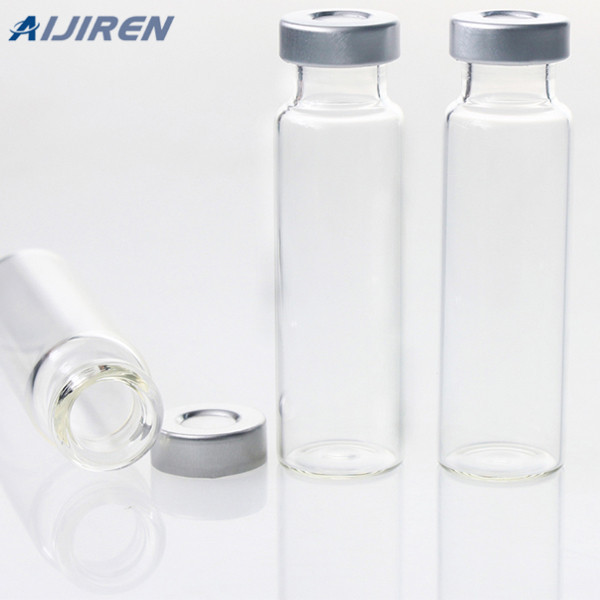

2019/02/13 · Discuss. The jQuery is a very powerful tool which helps us to incorporate a variety of DOM traversal methods to select elements in a document randomly or in sequential order. Most of the DOM traversal methods do not modify the elements whereas they filter them out upon the given conditions. The filter () method is used to filter out all the

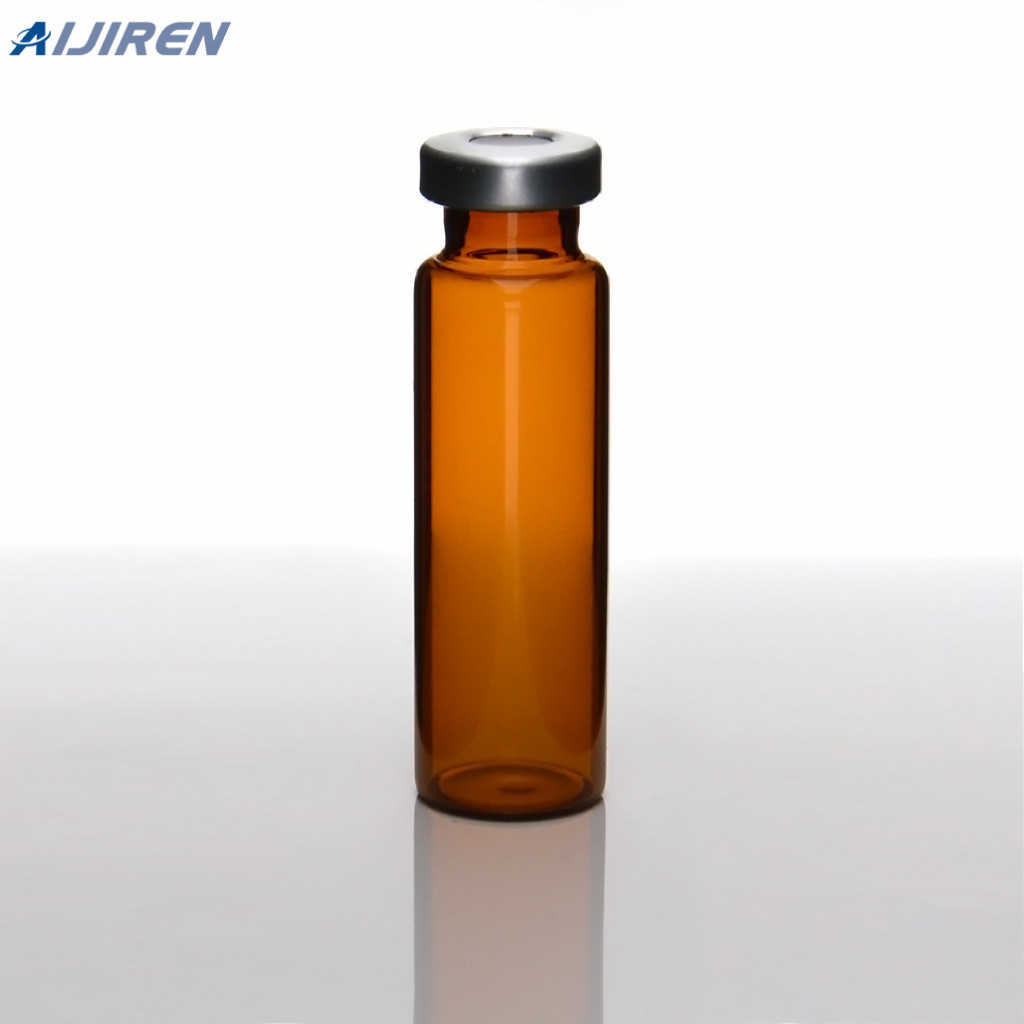

Membrane Filtration Design. Membrane filtration is a mechanical barrier that uses a straining mechanism only to remove material from the water. If the barrier is intact, no particles larger than the membranes pore size can pass through the filter. This is illustrated in Figure 1.2.


Nanofiltration is a pressure-driven membrane processes. In contrast to reverse osmosis, nanofiltration uses lower pressures and filters with larger pore sizes. The particle size, which is retained in nanofiltration, is the size of single and divalent heavy metal ions. Nanofiltration is used, for example, for softening water and the removal of
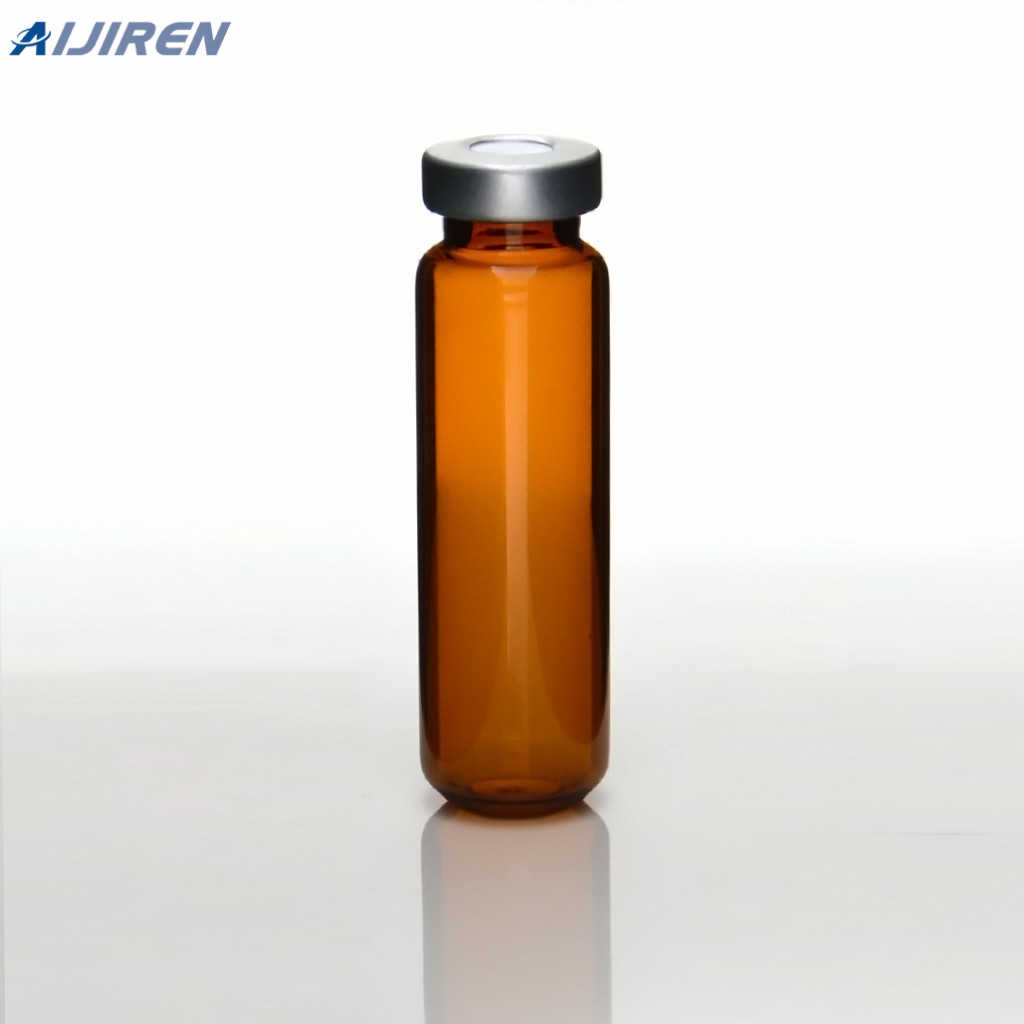
Millipore ® polypropylene membrane and net filters provide high particle retention and dirt holding capacity, as well as a low pressure drop. While these filters are designed for use with organic solvents, they can also be used for the filtration of aqueous solutions, after wetting with an alcohol.
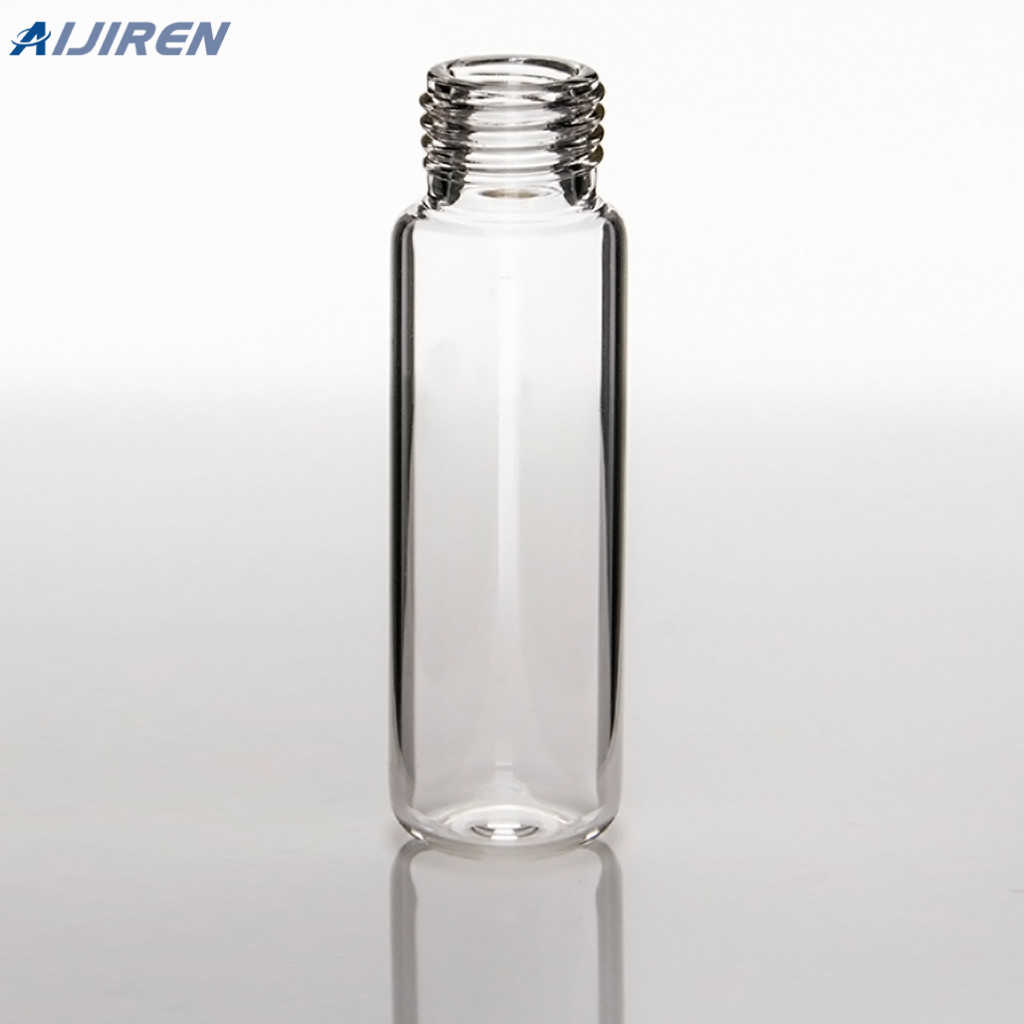
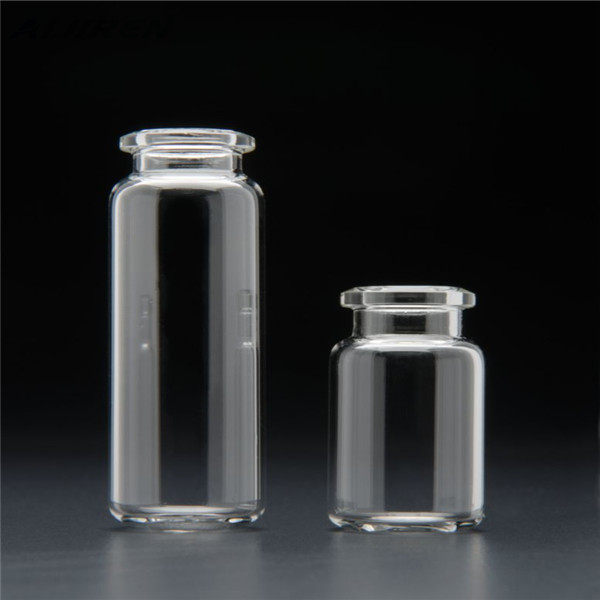
2022/04/14 · A membrane press is identical to a standard filter press except that the chambers (area between the plates) have membranes to squeeze out excess water from the slurry. A press with all membrane plates can be costly, however, the mixed pack is a more cost-effective alternative. In a mixed pack, each chamber has one side with a membrane that will
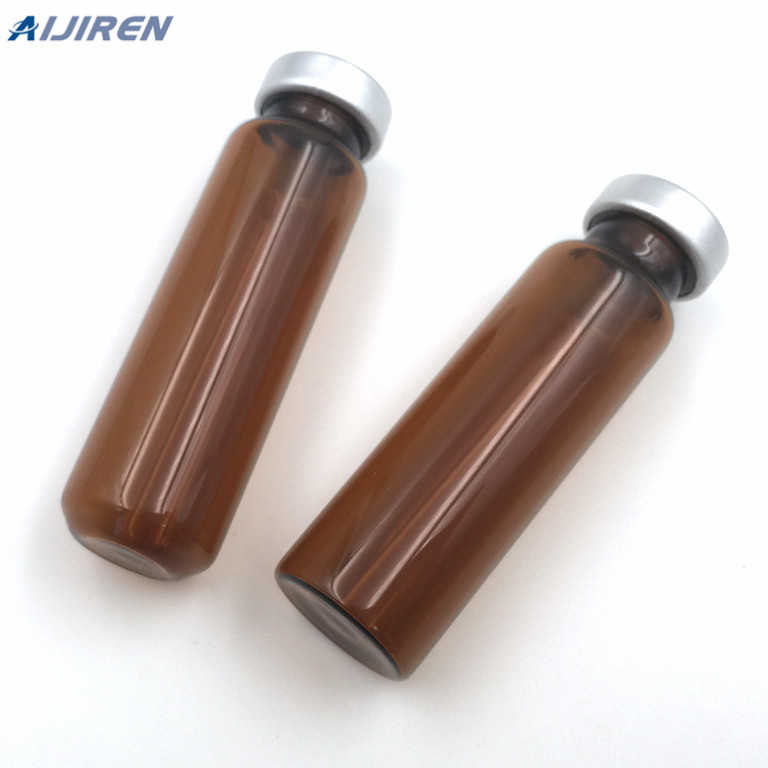
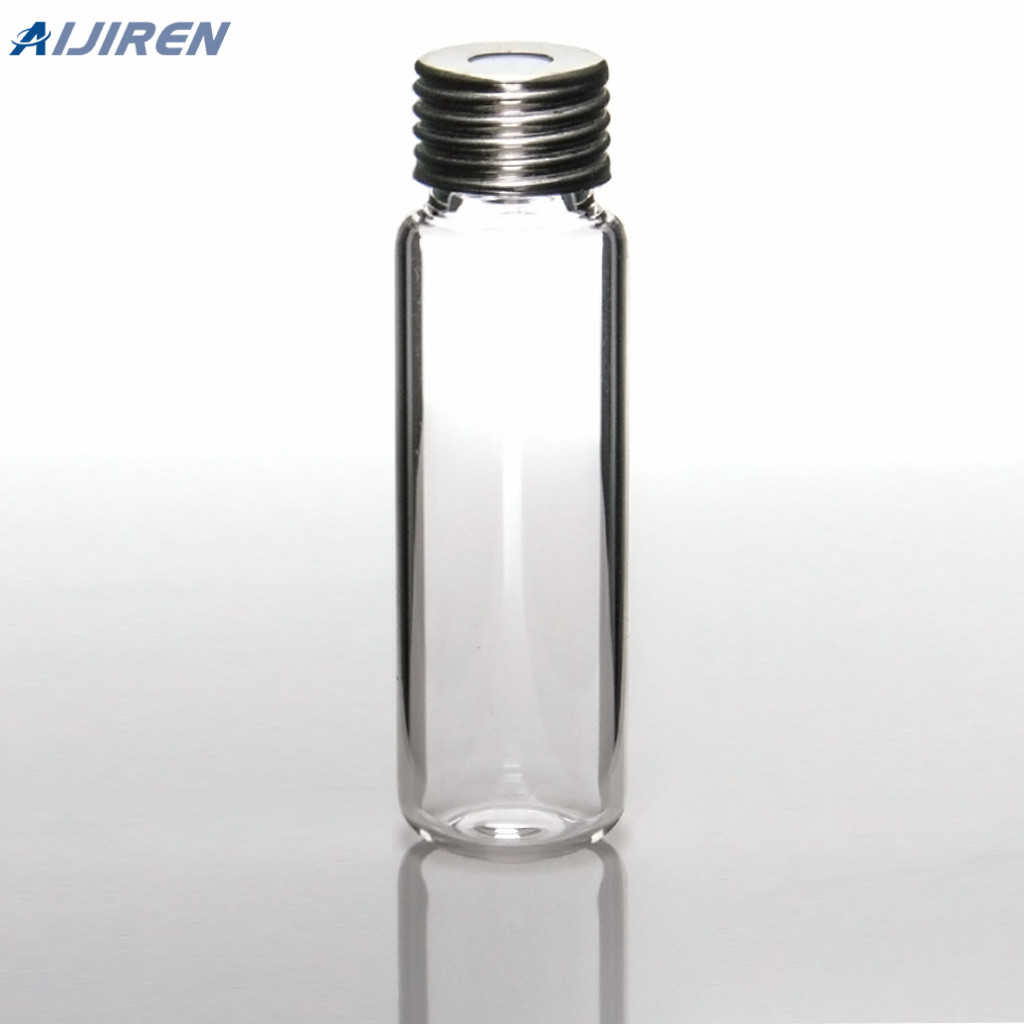
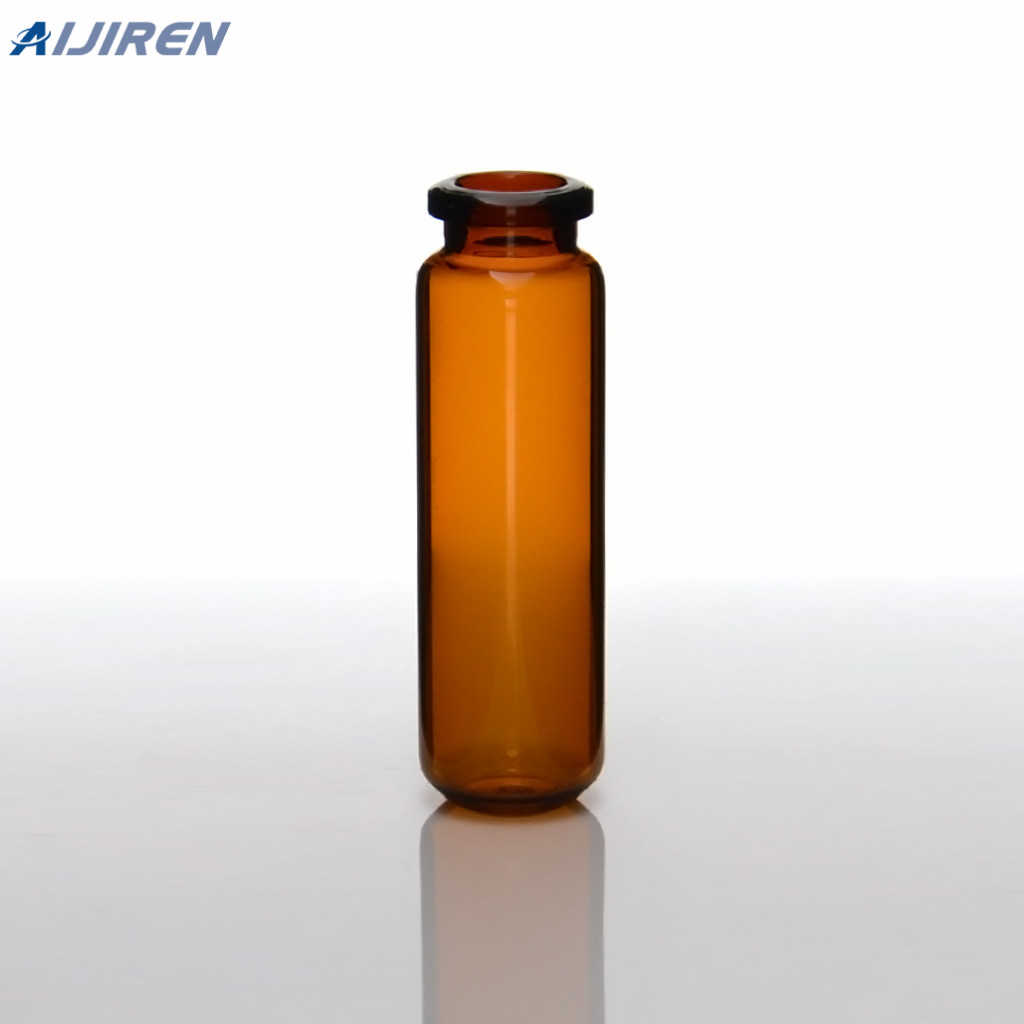
2022/05/26 · The Membrane Filter (MF) Technique was introduced in the late 1950s as an alternative to the Most Probable Number (MPN) procedure for microbiological analysis of water samples. It involves the use of membrane filters, which are thin porous sheet structures composed of cellulose esters or similar polymeric materials.
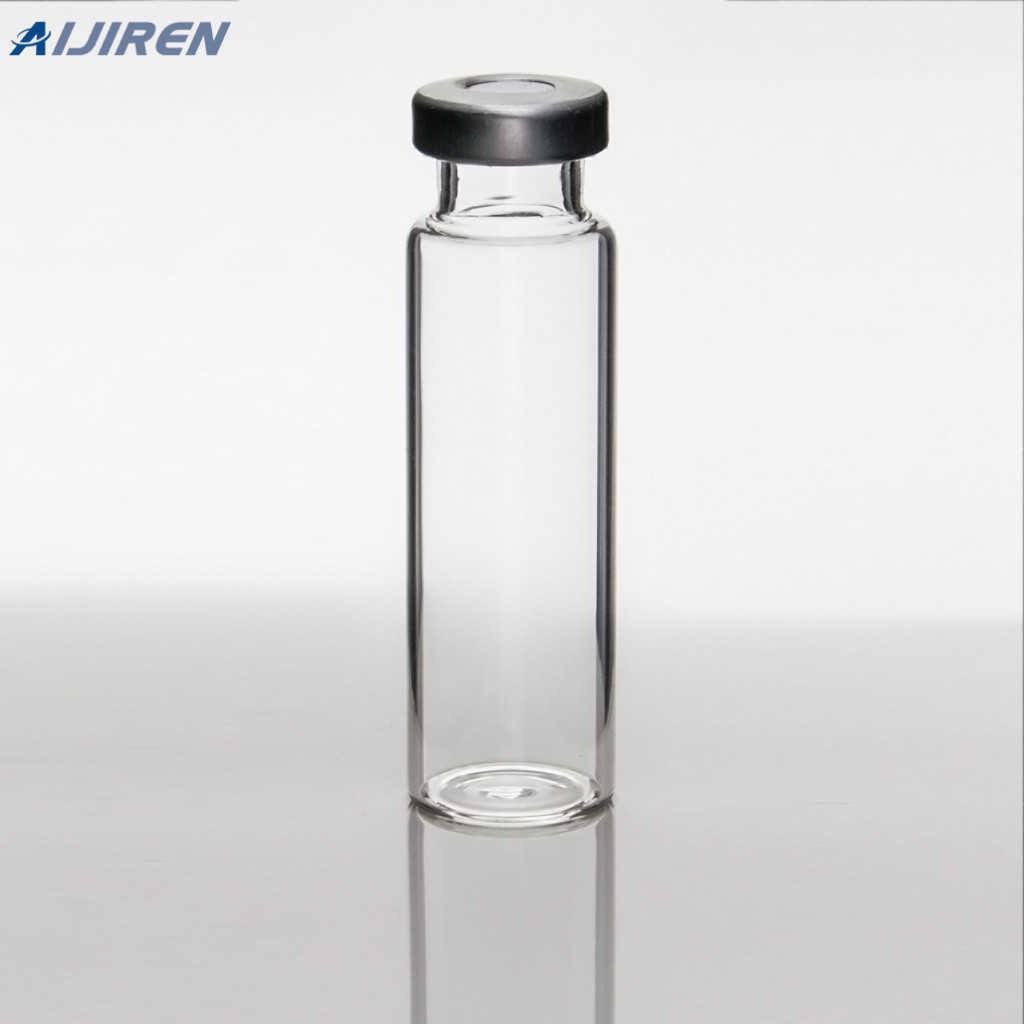
2021/04/27 · UF Membrane Filter Ultrafiltration membrane filtration (UF) is a low-pressure membrane process for water treatment designed to remove particles caused by turbidity. These particles include particles composed of suspended solids, bacteria, colloids and proteins. Hydro blue’s experience within wastewater treatment dates back a decade.